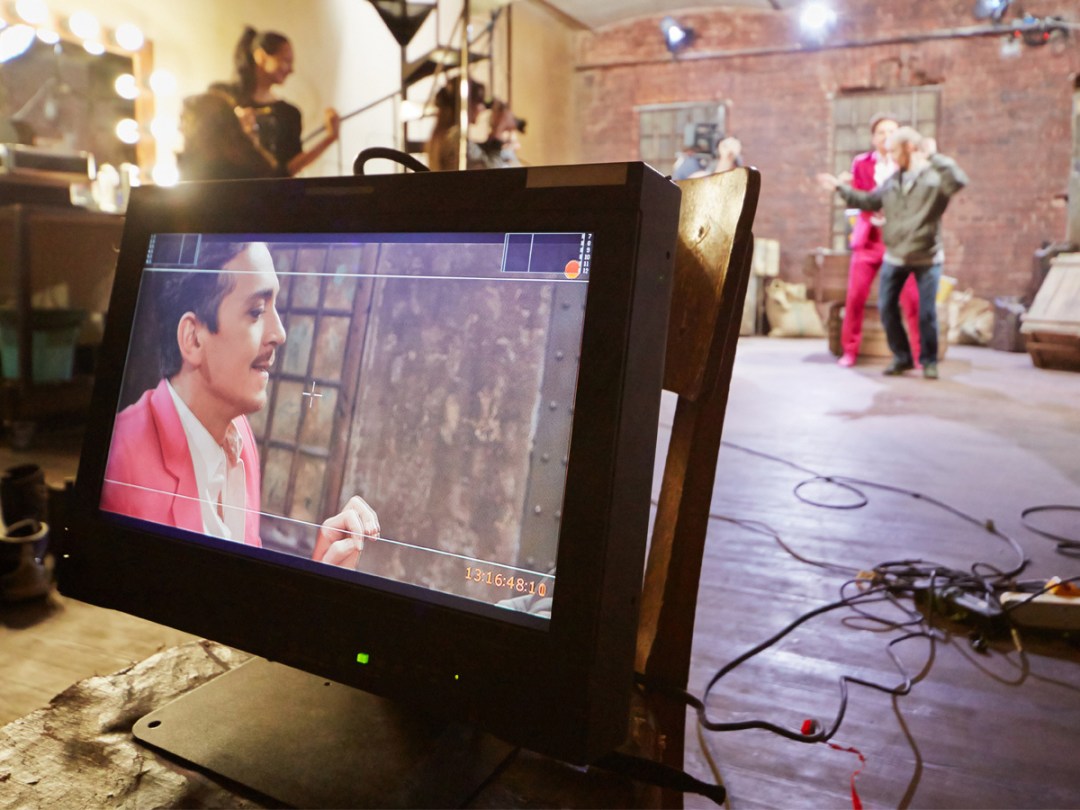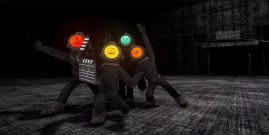Death of Hollywood: the movies that direct themselves
Movies are changing, as a new wave of technologies hit the movie industry. But what does it mean for you, the viewer?

In the last decade, the movie industry has faced sweeping changes as wave after wave of new technology has hit Hollywood.
It passed almost without notice among the general public, but Martin Scorsese’s The Wolf of Wall Street was the first major Hollywood movie to be distributed entirely digitally; ironically, Scorsese is one of the industry’s foremost advocates for film preservation.
It’s win-win
The shift to digital production and distribution has had a huge impact; it makes it possible to release films on the same day and date worldwide, and attempt to mitigate the effects of widespread film piracy. That means, a few years down the line, that it may become routine for films to hit cinemas and streaming services like Netflix simultaneously, giving you the choice of where to watch them; British drama A Field In England recently experimented with this method of distribution.
Digital distribution is changing the shape of films, too; Netflix is already experimenting with releasing TV episodes that don’t conform to the standard 45-minute time limit. They don’t need to; after all, they don’t have ad breaks. House of Cards showrunner Beau Willimon has even talked about producing an uninterrupted eight-hours of the show, which people can dip into and out of at will. Want to watch a movie? Sit through two hours of it. Or 15 minutes; it’s your choice.
But digital distribution is only one part of the story. As new technologies mature and become cheaper, the toolkit available to low-budget film-makers expands. For instance, director Kevin Margo has pioneered a new technique for combining ray-tracing and motion capture, enabling him to render CGI in real time. That means that the motion-captured visual effects that were previously the preserve of Peter Jackson’s mega-budget blockbusters are available to indie film-makers; and they can direct CG characters in a much more natural way. Other micro-budget film-makers are even experimenting with Microsoft’s Kinect sensor for motion capture.
A decade ago, sweeping aerial shots were the preserve of big-budget movie-makers who could afford to hire a helicopter and a gyro-stabilised camera rig. Now, for a few hundred quid, anyone can shoot a movie with epic airborne shots – thanks to affordable consumer drones. £950 will net you a DJI Phantom Vision 2+; its 1080p camera is mounted on a three-axis stabilisation system, which ensures that your footage remains perfectly steady; it also features three different shooting modes for super-wide-angle, wide-angle and narrow fields of view.
More intriguingly, the newly announced Parrot Bebop points to an entirely new kind of film-making. It shoots video using a wide-angle fish-eye lens; meaning that you can explore the footage you’ve shot using a virtual reality headset such as an Oculus Rift. Film-makers are already excited by the prospect of shooting for VR; Zero Point is a documentary film shot specifically for the Oculus Rift, while Avatar director James Cameron recently revealed that he’d be "very interested to find a way to incorporate VR and a narrative-filmmaking experience."
We recently had the opportunity to try out a new VR headset, Fove, which adds a further dimension to the viewing experience – eye-tracking. That means that it’s possible for the headset to work out which part of the image you’re looking at, and shift the focus accordingly – a problem that’s always bedevilled 3D film-makers. At present, they’re forced to either put the entire image in focus, or add blur to foreground elements – both of which look unnatural to the viewer. But imagine Fove’s eye-tracking tech paired with a video version of Lytro’s light-field camera, which is able to change the focus of a photo on the fly – it would make for a much more natural 3D experience.
READ MORE: Download your next fridge… why 3D printing is the Napster of industry
Fove’s eye-tracking tech also enables it to monitor your emotional state through the dilation of your pupils – which points to one final way in which technology could change film-making forever. A couple of years ago, director Francis Ford Coppola attempted a bold experiment; he would take his film Twixt out on tour, and edit it on the fly – responding to the audience by using different takes and adjusting the soundtrack. It never took off – he only managed one performance of the film at Comic-Con – but imagine if technology could automate the process, creating a film that responded to the mood of the audience?
In the future, films will watch you
In fact, it’s already happened: the short film Many Worlds uses biometric sensors to monitor the audience’s emotional state, changing the film’s ending accordingly.
And the technology to enable this new form of film-making is already in our living rooms; the new Kinect sensor on the Xbox One is capable of tracking who’s in the room, where they’re looking, whether or not they’re smiling and even their heartbeat.
Even if film-makers aren’t prepared to go as far as self-editing movies – by the way, did we mention that Disney Research has pioneered an automated editor that can cut footage together as convincingly as a human? – such technology could still change the way movies are made. Netflix already tracks what you’re watching; when you’re watching it, and whether you gave up halfway through.
With something like the Kinect, it’d be able to track how you’re watching, too; who was in the room, whether they were happy, sad, frightened, and so on. That could potentially result in scriptwriters tearing up the rulebook they’ve been working with ever since George Lucas took Luke Skywalker on the Hero’s Journey.
And that’s an exciting prospect: more diverse films, more fantastic images on our screens, more emotionally engaging movies? Bring it on.
Stephen Graves is the deputy editor of Stuff.tv



